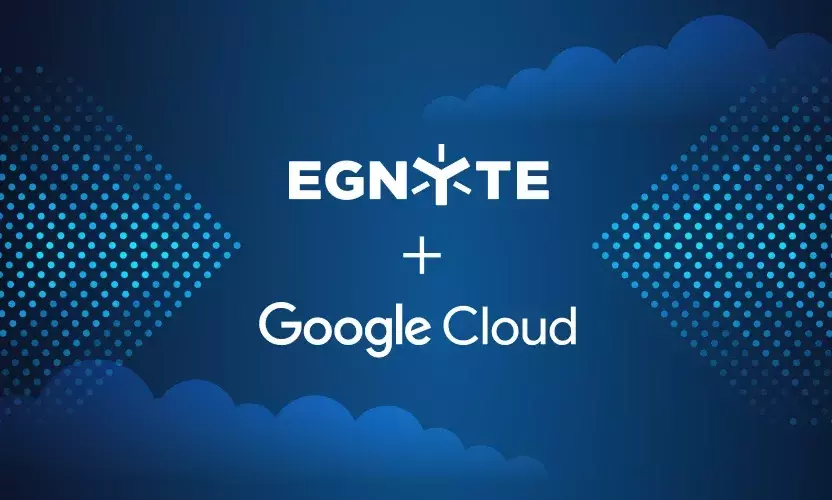
Defining the Future of On-Premises Storage with the Cloud
This is a dynamic period for the Cloud Storage industry. For one, there is a price-to-the-bottom “race” among the big cloud storage vendors, causing the commoditization of cloud storage and enhancing the end-user appeal for the cloud. In addition, cloud service providers are benefiting from the positive vibes generated by Box’s IPO last week. With the attention on cloud storage, does this signal the end of the road for on-premises storage? The answer is: not in this lifetime.Let’s quickly take a look at the history of on-premises storage and where we are today. At the most basic level, a file server, now more commonly referred to as a Network-Attached Storage (NAS) server, offers a wide variety of services. These services include email, print, user and device authentication, backup and replication, and storing users’ files. This model of providing a unified management interface has been a universally accepted and de-facto standard for collaboration since the 1930s when IBM started manufacturing and selling their tabulating devices to the government and large private institutions.Back to the FutureIn the early 2000s, the growth of the Internet and commercial growth of Wide Area Network (WAN) optimization technologies broadened the scope of file collaboration from on-premises workers to geographically distributed teams and RoBo offices. WAN optimization technology enabled users to remotely access and share files hosted on NAS devices located at a distant location without experiencing significant delays. WAN optimization certainly upped the ante for collaboration by overcoming geographical challenges. However, it also paved the way for the next big wave of cloud technologies to redefine collaboration and storage preferences for consumers and businesses alike.Today, a search on Amazon or SpiceWorks for “Network Attached Server” gives you page after page of results, ranging from consumer-oriented servers to large business server solutions. Most of the conversations about these NAS devices highlight the evolving requirements for a NAS server and attest to the fact that a plain, old NAS device still remains the most tangible and necessary component for businesses to quickly and effectively deploy a collaborative workspace.The Practicality of On-Premises Storage

The best way to define the future of on-premises storage is through the eyes of a customer. I recently had a conversation with the Director of IT of a large construction firm who was looking to deploy a cloud solution for his company. His firm is predominantly an engineering shop with nearly 400 engineers working on large design files. These engineers collaborate with sub-contractors at several off-site locations that have expensive satellite links for Internet connectivity. While WAN optimization solutions could help address his engineers’ challenges for sharing large files over satellite links, it presented logistical deployment issues for IT, as well as high costs. He liked the deployment flexibility of cloud services; however, this option alone presented two challenges around migrating all the data to the cloud and leveraging his existing backup infrastructure.Cloud + On Premises = Two Sides to the Same CoinAn ideal environment for business efficiency and team collaboration needs to combine the best of both technologies. In the above use case, the Director of IT wanted to retain the data-propriety benefits of on-premises storage, while also having the flexibility of the cloud. Business can effectively leverage both by adding a control layer on top of the cloud and on-premises storage, such as Egnyte, to allow for gaining the benefits of both.By implementing a control tier, companies can build insight and visibility into what part of the storage tier is actively being used to help optimize infrastructure investments, while enabling file sharing and access to files on any device or location. Cloud storage and collaboration is rapidly turning out to be a mainstream activity in most workplaces, but it doesn’t mean the end of on-premises storage. The future for businesses is finding the balance between the two and leveraging the cloud as a logical extension of their existing storage environment.



